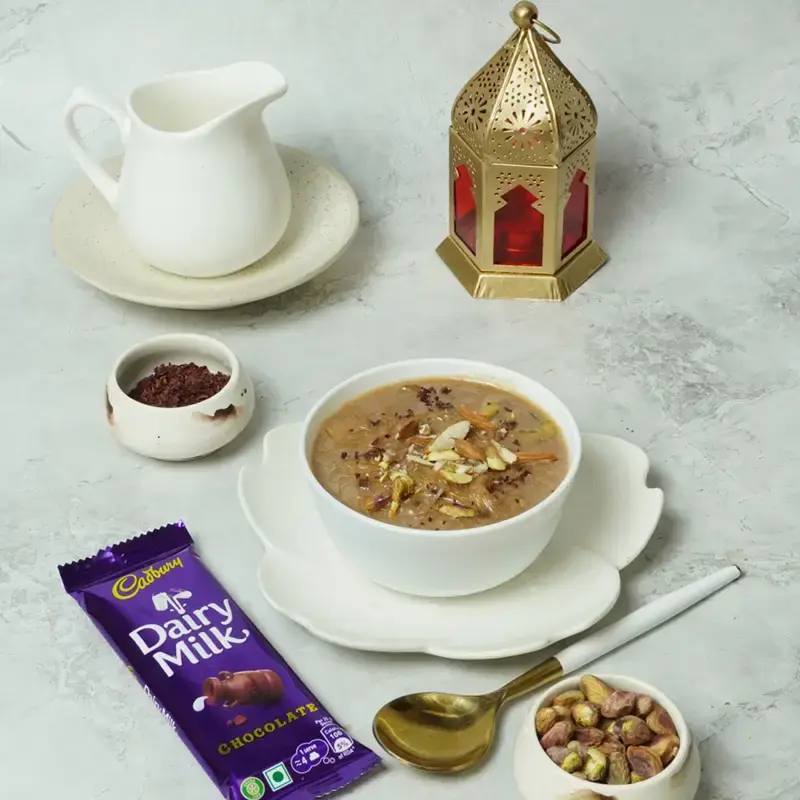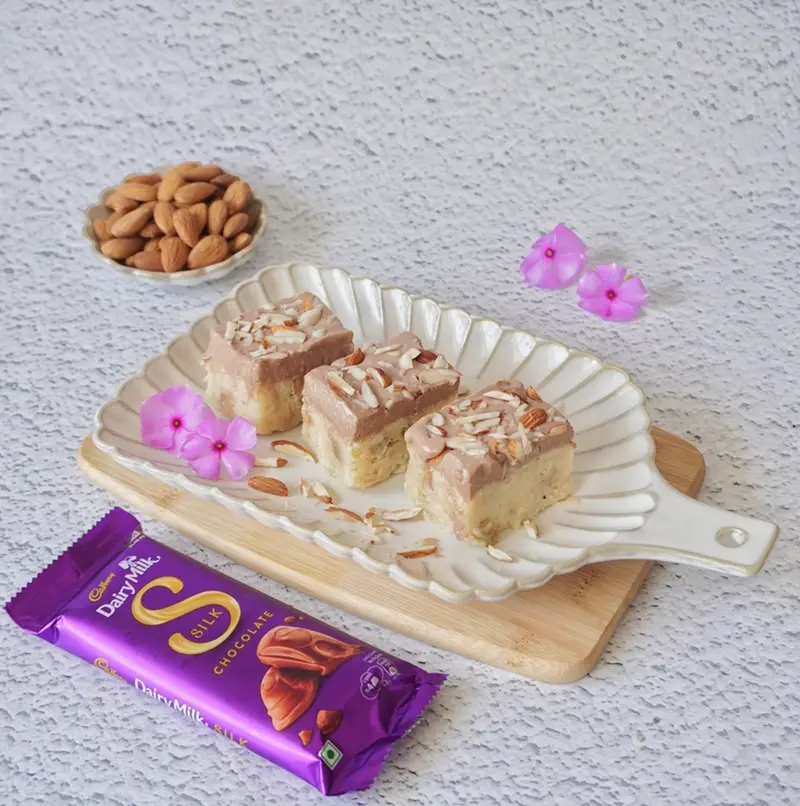Learn how baking powder reacts in acidic and alkaline batters, and why pH matters in baking. Explore easy dessert recipes that use baking powder on Cadbury Desserts Corner.

Baking isn't merely a matter of just mixing ingredients together; it's more about the science behind it all. And one of the most important ingredients to know about is baking powder. It might seem like just a plain white powder, but it's the secret to making your cakes rise, your muffins swell, and your pancakes lighten up.
At the core of this is the right balance between acids and bases, what we refer to as pH levels. Baking powder is specifically designed to function within both alkaline and acidic batters, so that your bakes turn out well and taste equally perfect.
It is very easy to understand pH. Recall your school lessons from chemistry class while doing the acid and base test on a pH scale. The scale is from 0 to 14. Below 7 is acidic, above 7 is alkaline, and 7 is neutral. In baking, buttermilk, lemon juice or yogurt are acidic ingredients, and cocoa powder, some dyes, or even baking soda increases the alkalinity of a batter.
Baking powder has acid and a base in it. When liquid is added and it's heated, the mixture reacts to produce carbon dioxide gas. The gas bubbles are what cause the expansion in the oven, causing your cake or bread to rise. That's why it's such a staple in so many traditional recipes, from light and fluffy pancakes to crispy biscuits.
Now let's move on to some tasty recipes using baking powder—and also take a look at how you can make your own at home!
Recipe 1: Fluffy Pancakes
There's nothing better than beginning your day with a hot plate of pancakes. This recipe produces light, fluffy pancakes that can be whipped up in no time and are perfect for any breakfast.
Ingredients:
- 1 cup all-purpose flour
- 2 tablespoons sugar
- 2 teaspoons baking powder
- 1/4 teaspoon salt
- 1 cup milk
- 1 egg
- 2 tablespoons melted butter
Method:
- Begin by beating the flour, sugar, baking powder, and salt in a bowl.
- Mix the milk, egg, and melted butter in another bowl.
- Gently mix the wet and dry ingredients together until no streaks of flour are visible—don't overmix.
- Grease a non-stick pan or griddle and pour some batter onto it.
- Cook until bubbles form, flip, and cook on the other side until golden.
Tip:
-
For added lift, beat the egg and whisk until the egg white is stiff and forms soft peaks. Fold it into the batter at the last minute before cooking.

Recipe 2: Buttermilk Biscuits
The perfect biscuit must be light, golden, and perfectly crisp on the outside. This biscuit recipe rises from baking powder and the acidity of buttermilk.
Ingredients:
- 2 cups all-purpose flour
- 1 tablespoon baking powder
- 1 teaspoon sugar
- 1/2 teaspoon salt
- 1/2 cup cold butter, cut into cubes
- 3/4 cup cold buttermilk
Method:
- In a big bowl, combine flour, baking powder, sugar, and salt.
- Cut in butter with a pastry cutter or fingertips until the mixture resembles crumbly.
- Add the buttermilk slowly, stirring until the dough comes together.
- Pat gently into a 1-inch thickness slab, cut biscuits out with a round cutter, and put on a baking sheet.
- Bake at 220°C until golden brown.
Tip:
- Keep ingredients cold and work the dough with as few strokes as possible to allow the biscuits to rise well and retain their shape.
Recipe 3: Banana Bread
Banana bread is a classic recipe, moist, comforting, and ideal for when bananas are past their best. Here's a version made even better with baking powder.
Ingredients:
- 2 large ripe bananas
- 1/2 cup sugar
- 1 egg
- 1/4 cup vegetable oil
- 1 ½ cups all-purpose flour
- 1 ½ teaspoons baking powder
- A pinch of salt
Method:
- Mash the bananas in a bowl until smooth.
- Add the sugar, egg, and oil and mix until well combined.
- In another bowl, mix the flour, baking powder, and salt.
- Combine both mixtures until batter forms.
- Pour into a greased loaf pan and bake at 180°C for about 40–45 minutes.
Tip:
- Use bananas with plenty of dark spots for a deeper sweetness and aroma.

Recipe 4: Chocolate Chip Muffins
These muffins are easy, quick to prepare, and loaded with chocolate chips. They puff up wonderfully with the use of baking powder and have a soft center with a golden crust.
Ingredients:
- 1 ¾ cups flour
- 3/4 cup sugar
- 2 teaspoons baking powder
- 1/2 teaspoon salt
- 1 cup milk
- 1 egg
- 1/3 cup melted butter
- 1/2 cup chocolate chips
Method:
- In one bowl, whisk together the flour, sugar, baking powder, and salt.
- In another bowl, mix the milk, egg, and melted butter.
- Pour the wet ingredients into the dry ones and stir until blended.
- Fold in the chocolate chips gently.
- Spoon into muffin cups and bake at 190°C for 20 minutes.
Tip:
- Add a teaspoon of vanilla extract for a little more warmth in every bite.
Recipe 5: Golden Scones
Scones are easy to prepare and ideal for weekend brunch or tea-time. Baking powder provides them with the lift they require for that golden, soft finish.
Ingredients:
- 2 cups all-purpose flour
- 2 tablespoons sugar
- 1 tablespoon baking powder
- 1/2 teaspoon salt
- 1/2 cup cold butter (cubed)
- 2/3 cup milk or cream
- 1 egg
Method:
- Combine flour, sugar, baking powder, and salt.
- Use a pastry cutter to cut the butter into the mixture until it is crumbly.
- Beat the egg and milk together, then slowly pour into the dry mixture.
- When it is the right consistency to form a dough, turn onto a floured surface, knead lightly, and shape into a round.
- Cut into wedges or use a cutter.
- Bake at 200°C until golden.
Tip:
- Brush the tops with egg wash for a lovely golden finish before baking.

Homemade Baking Powder Recipe
There might be times when you find yourself out of baking powder at the exact moment you need it. Don’t worry, here's how you can whip some up at home with just three ingredients.
Ingredients:
- 1 part baking soda
- 2 parts cream of tartar
- 1 part cornstarch (optional, for storing)
Method:
- Mix 1 teaspoon of baking soda with 2 teaspoons of cream of tartar.
- You may add 1 teaspoon of cornstarch if you are storing it for future use.
- Mix well and keep in an air-tight container.
- It is as effective as store-bought powder, particularly in products that contain very little acidic material.
Like This Article?
More Like This
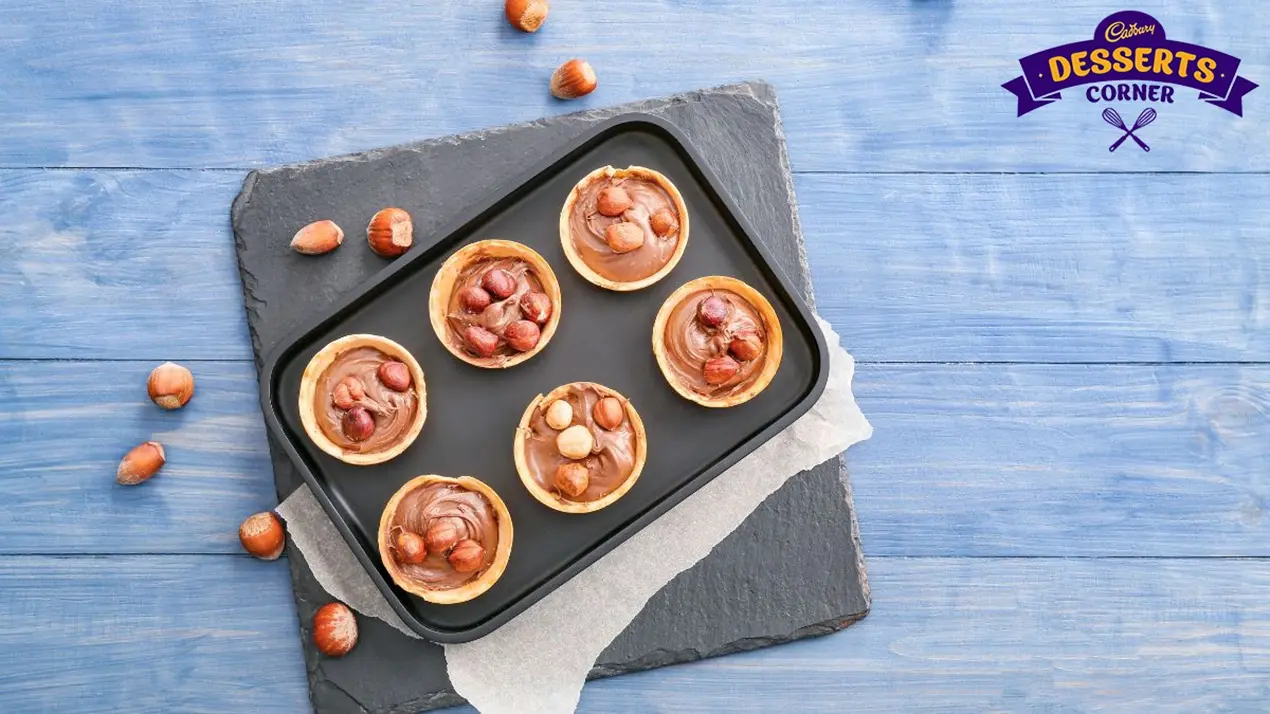
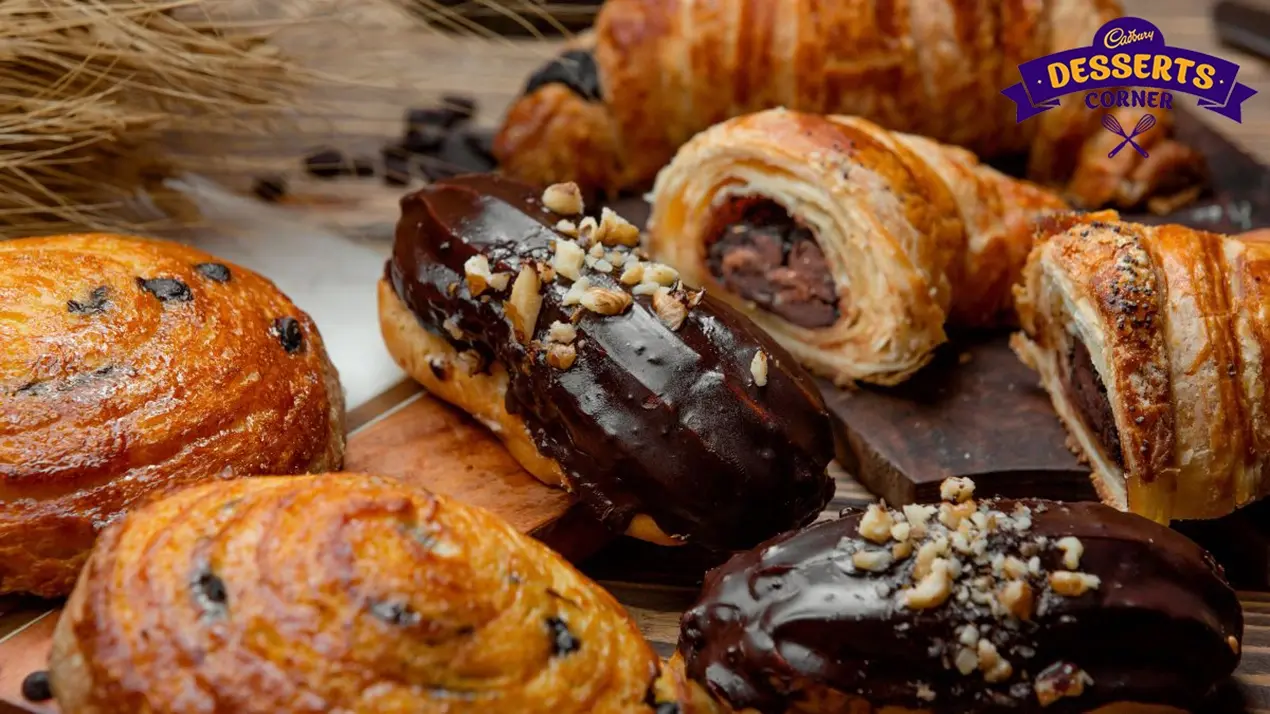

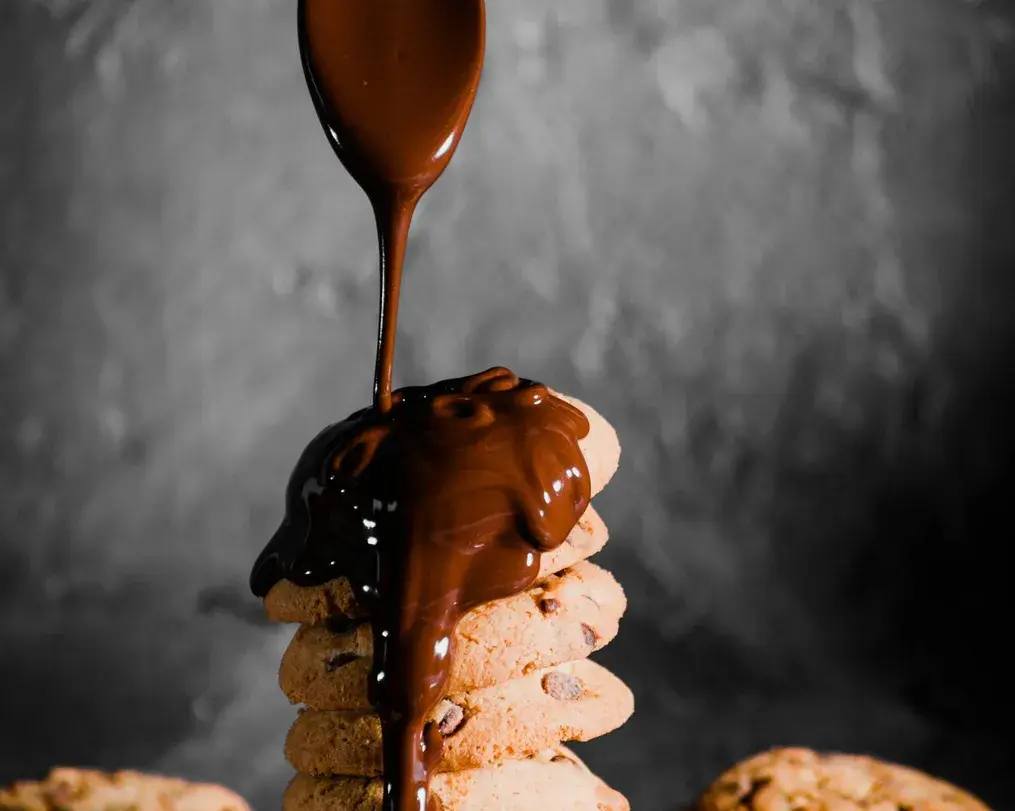
Popular Articles





Trending Web Stories
Curated Recipes

